Medical Conditions and Injury Prevention: USA Cycling Course
This course gives coaches the tools they need to navigate medical gray areas, including clear protocols and simple decision-making frameworks.
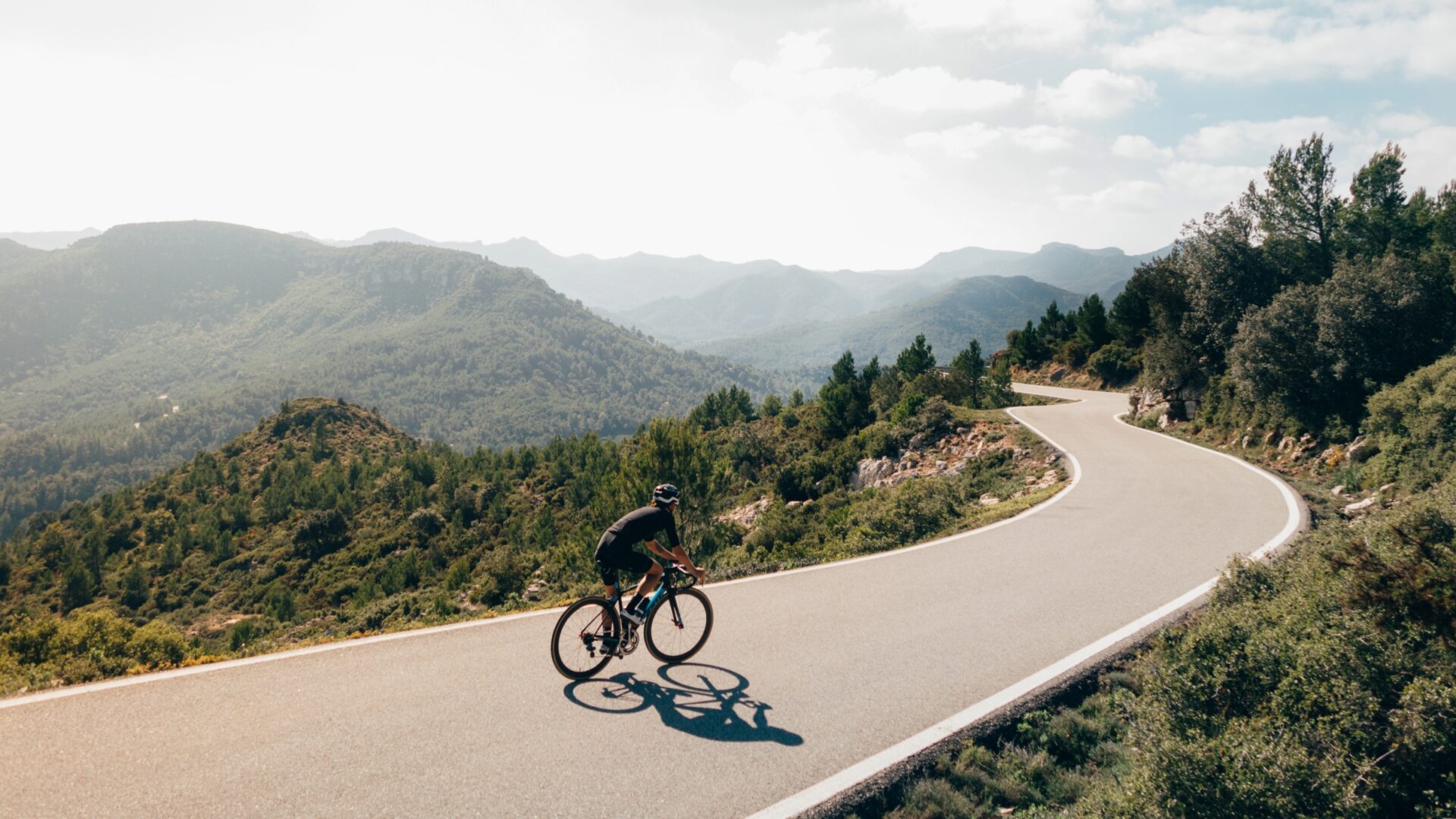
This course gives coaches the tools they need to navigate medical gray areas, including clear protocols and simple decision-making frameworks.
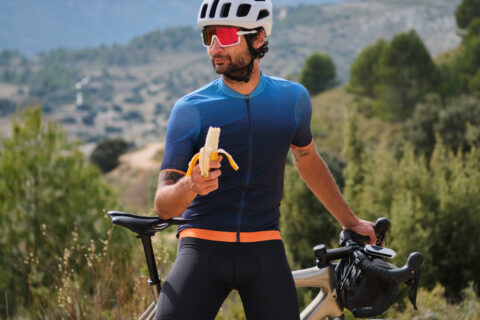
This course shows coaches exactly how to guide athletes through every stage of fueling—from daily training to race day.

Learn how to guide your athletes through a smart, sustainable base season—and lay the aerobic foundation for stronger performance, season after season.

Explore how to translate heart rate, power files, and subjective feedback into smarter, more personalized coaching decisions.
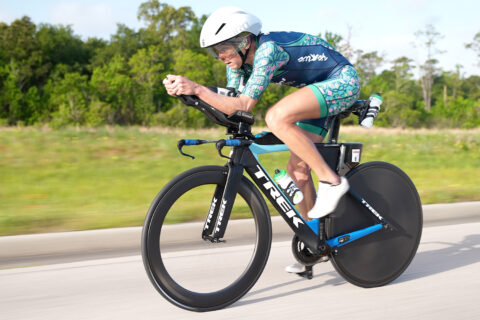
This course helps coaches understand the physiology, motivation, and mindset of masters athletes to help them stay competitive at any age.

Coaching females doesn’t have to be guesswork. See how leading coaches work with females to achieve high performance from juniors to masters.
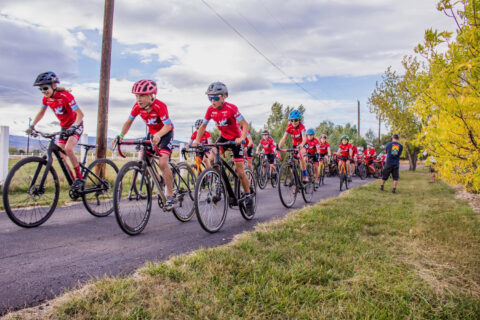
This course shows coaches how to develop strong parent partnerships, apply Long-Term Athlete Development (LTAD) principles, and coach young athletes with a long view in mind.
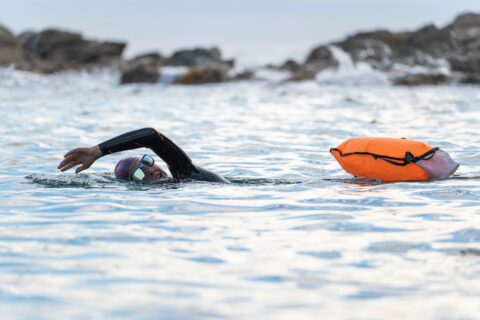
Whether it’s toxic algae blooms, wildlife encounters, or boat traffic, there are many safety considerations to take into account when swimming in open water.
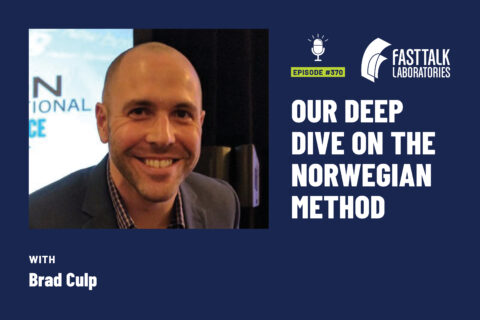
We talk with Brad Culp, author of “The Norwegian Method,” about the main tenets of the training philosophy, as well as who should and shouldn’t apply the method in their training.
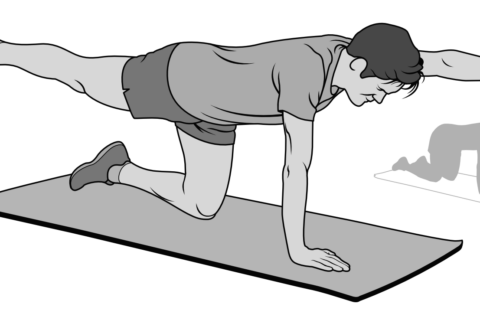
The importance of a strong core for athletic performance can’t be overstated. Trevor Connor details the various benefits of a strong core, and the disadvantages of a weak one.
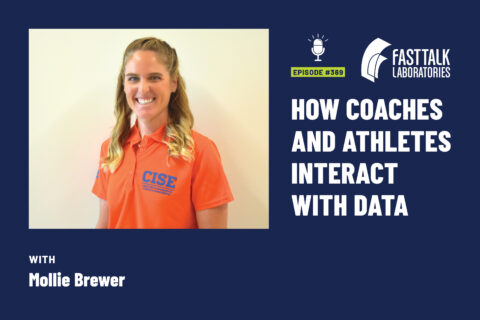
Mollie Brewer joins us to discuss how we interact with data – which can say as much about coaches and athletes as the data itself.
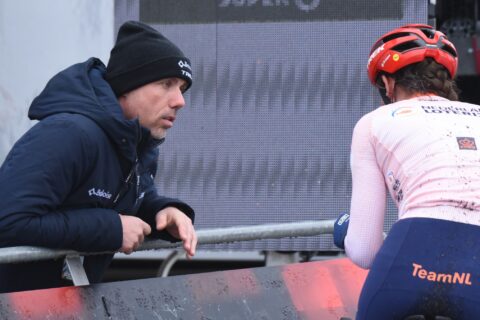
This client-centered counseling approach enhances your ability to guide your athletes toward improved motivation and commitment.
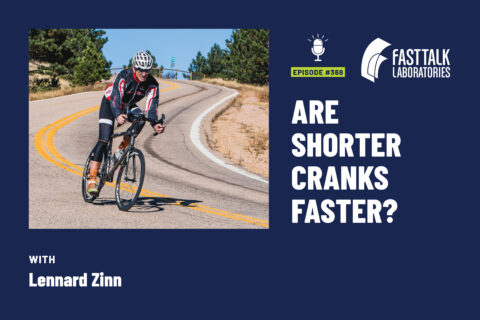
On this episode, Lennard Zinn shares his decades of experience and experimentation to help answer the question of whether shorter cranks are better.
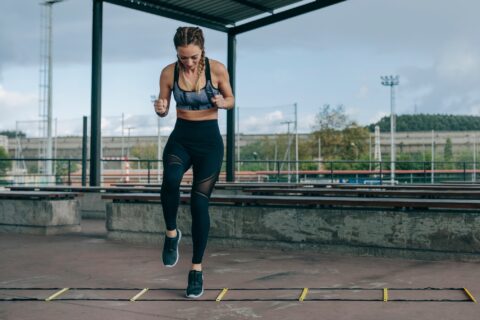
Understanding when and how to introduce HIIT can make all the difference in an athlete’s ability to absorb training and optimize performance.
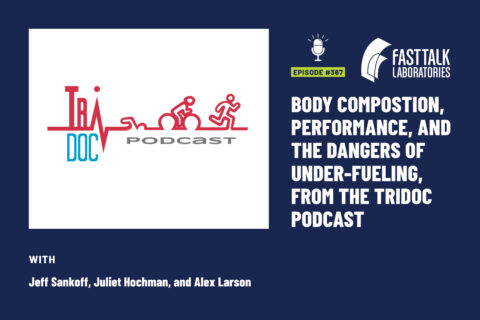
This week, we share an episode from the TriDoc Podcast. Host Jeff Sankoff is joined by dietitian Alex Larson and coach Juliet Hochman to explore the complex relationship between body composition, fueling, and performance—plus how coaches can support athletes without crossing the line.

In part 3 of our series on movement literacy for cyclists, Dr. Stacey Brickson delves into stability and strength to make you a healthier cyclist.
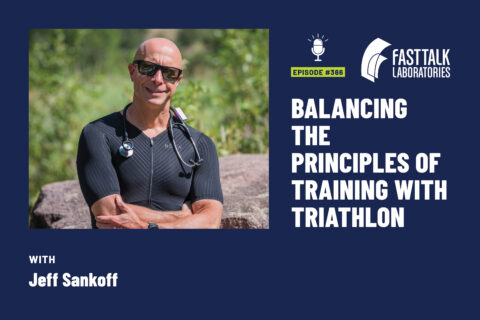
The TriDoc Jeff Sankoff joins us to talk about how to still apply the principles of supercompensation and progressive overload in a sport as complex as triathlon.
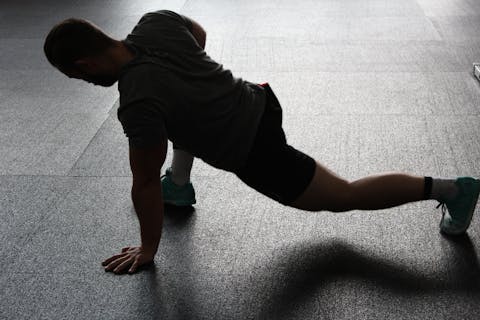
In part 2 of our series on movement literacy for cyclists, Dr. Stacey Brickson delves into mobility and flexibility to make you a healthier cyclist.